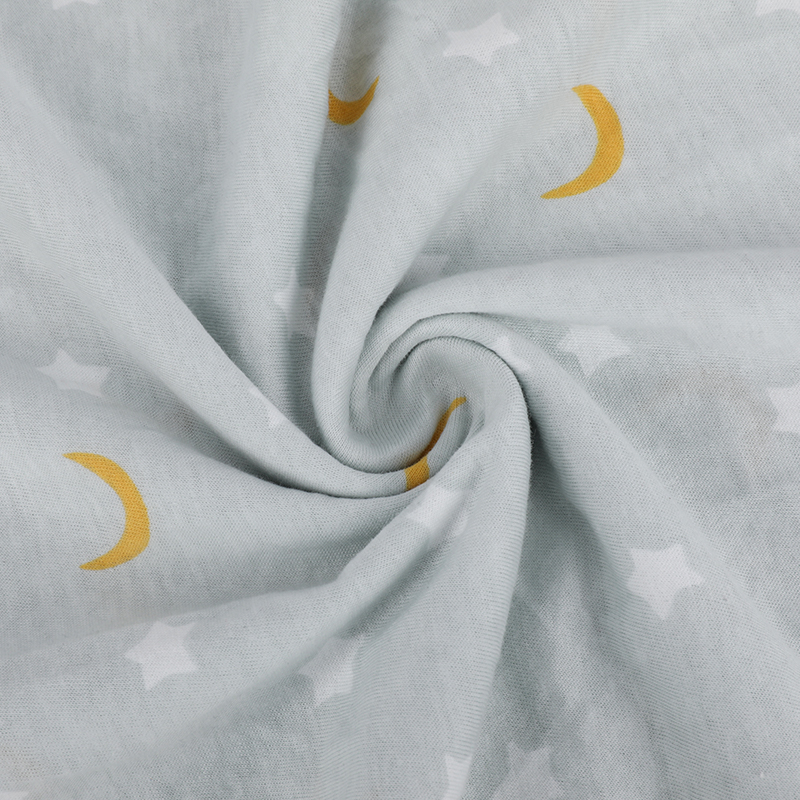If you are interested in some of our products, please feel free to visit our website or contact us for detailed information.

In the ever-evolving textile industry, the choice between dyed and printed fabrics has been a topic of discussion among manufacturers and designers. While both methods have their merits, dyed knitted fabric has gained significant traction due to its unique advantages over printed knitted fabric. In this article, we will explore the key benefits of using dyed knitted fabric and how it has become a preferred option in the textile industry.
One of the primary advantages of dyed knitted fabric is its superior color fastness compared to printed fabric. The dyeing process involves permeating the fiber's structure with color, making the color less susceptible to fading or washing out over time. As a result, dyed knitted fabrics retain their vibrant colors and appearance for a prolonged period, even after repeated washing and exposure to sunlight. This feature is particularly essential for products that require long-lasting and durable color, such as activewear, outdoor apparel, and upholstery.
Dyeing allows for a deeper and more intense color saturation, resulting in a richer and more nuanced color palette. Dyed knitted fabrics can achieve complex color effects, including gradients and ombre patterns, which can be challenging to replicate with printing techniques. Moreover, the color consistency is often higher in dyed fabrics, as the dye permeates the entire material uniformly, ensuring a consistent color tone throughout the fabric.
Dyeing penetrates the fibers without adding excessive layers of ink or pigments, preserving the fabric's breathability and softness. In contrast, printed knitted fabrics may feel stiffer or less breathable due to the additional layers of ink on the surface. Dyed knitted fabrics are, therefore, preferred for garments that require optimal comfort and breathability, such as activewear, loungewear, and casual clothing.
Dyeing directly affects the fibers, creating a strong bond between the color and the fabric. This bonding enhances the fabric's resistance to abrasion, pilling, and general wear and tear. As a result, dyed knitted fabrics tend to have greater durability, making them ideal for high-performance and long-lasting garments.
Dyeing processes have evolved to incorporate more environmentally friendly and sustainable practices. Some manufacturers have adopted low-impact dyes and natural dyeing methods, reducing the use of harmful chemicals and water consumption. As eco-consciousness grows among consumers, the preference for dyed knitted fabric over printed fabric aligns with the demand for sustainable textiles.
Dyed knitted fabric offers designers a greater range of creative possibilities. It can be used to create intricate patterns, gradients, and color blends that may be challenging to achieve with printing techniques. The ability to experiment with various dyeing methods allows designers to craft unique and innovative designs, catering to diverse market preferences and trends.
Dyed knitted fabrics are compatible with a wide range of fiber types, including natural fibers like cotton and wool, as well as synthetic fibers like polyester and nylon. This flexibility allows manufacturers to choose the most suitable fiber for specific applications while retaining the advantages of dyed fabric.



 English
English 中文简体
中文简体 Español
Español Français
Français italiano
italiano








